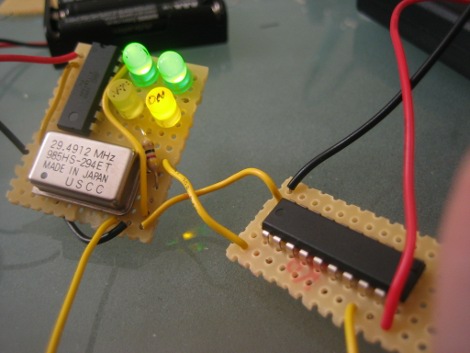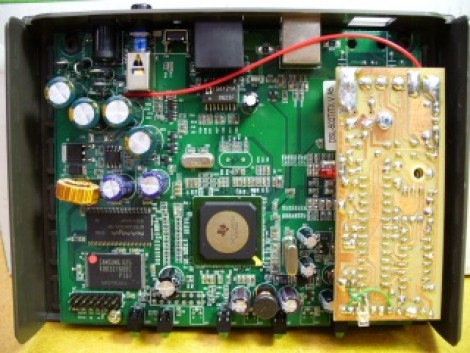
[Michael Vincent] turned his TI-84 Plus into a spectrum analyzer. By running some assembly code on the device the link port can be used as an I2C bus (something we’ll have to keep in mind). After being inspired by the cell phone spectrum analyzer he set out to build a module compatible with the calculator by using an I2C port expander to interface with a radio receiver module. Now he can sniff out signals between 2.400 and 2.495 GHz and display the finds like in the image above.
[Thanks Cecil]














